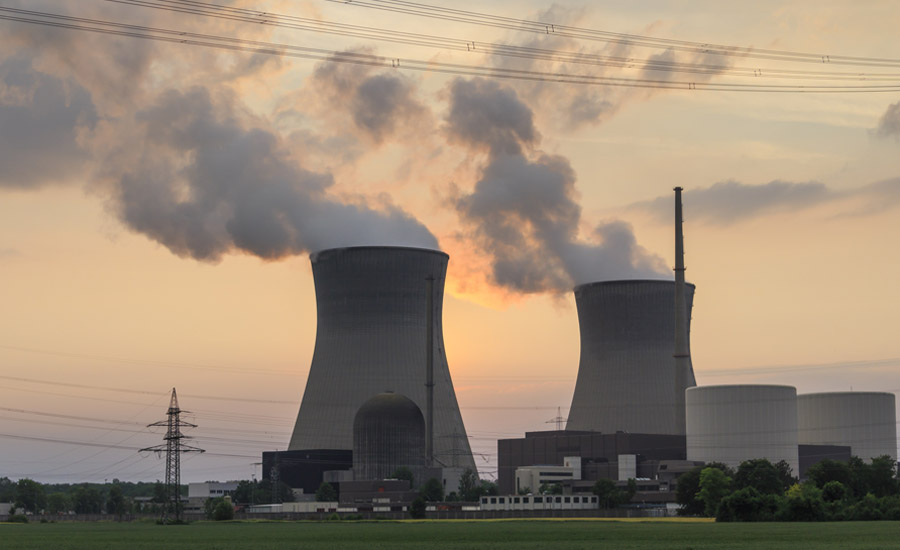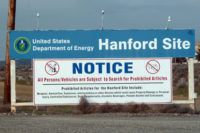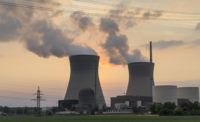On June 8 approximately 350 Hanford workers were ordered to “take cover” after alarms designed to detect elevated levels of airborne radioactive contamination went off, according to local press reports.
It was quickly determined that radioactive particles had been swept out of a containment zone at the plutonium finishing plant (PFP) demolition site. The work is considered the most hazardous demolition project on the entire nuclear reservation.
Hanford officials called the safety measure “precautionary.” Officials from the U.S. Dept. of Energy, which owns Hanford, and the contractor in charge of the demolition, CH2M Hill, downplayed the seriousness of the event with statements including, it appeared “workers were not at risk,” “(the alarm went off) in an area where contamination is expected” and there was “no evidence radioactive particles had been inhaled” by anyone.
KING 5 investigators obtained an internal CH2M Hill email sent to their employees on July 21. It states that 301 (test kits) have been issued to employees and of the first 65 workers tested, a “small number of employees” showed positive results for “internal exposures” (by radioactive plutonium).
Sources told KING the “small number of employees” is 12 – with 236 tests still outstanding. A communication specialist with CH2M Hill sent a statement that more positive results are expected.
Several veteran Hanford workers were surprised by the number of people with internal contamination from a single event.
“I’ve worked there for 27 years and I’ve never seen this many people contaminated internally,” said one employee with radiation expertise who did not want to be identified.
Todd Southerland, CH2M Hill’s PFP Safety, Health and RadCon director wrote in a July 21 email that the tests showed a very small dose of radiation had been detected in the employees, “a dose of less than or equal to 1 millirem,” wrote Southerland. “At the end of 50 years, the person with a dose of 1 millirem would receive a dose equivalent to less than a tenth of a standard chest x-ray. A standard chest x-ray is about 10 millirem.”
“If you look at what the exposure was it equates to about approximately what a chest x-ray would be or a little less than that or a flight to Washington DC,” said Doug Shoop, the U.S. Dept. of Energy’s Richland Operations Office manager.
Hanford workers said they are not concerned about the small dose of radiation detected, but about the contamination inside the body from plutonium. All radiation is not created equal. Radiation from an x-ray, air flight or a microwave are different and far less dangerous types than the kind emitted by plutonium inside the body. Unlike x-rays, air travel or microwaves, plutonium emits alpha radiation, which is the most destructive type to inhale or ingest.
This is not the first breach of containment of radioactive contaminates from the PFP demolition project. In January work was halted after a spread of radioactive contamination was discovered outside the plant. After that event, CH2M Hill reported that nasal smears taken from workers immediately following the incident found no evidence of inhaled contamination.
Medical experts said nasal smears are one of the best diagnostic procedures to check for contamination. In the June incident, the contractor did not administer those tests. When KING 5 asked CH2M Hill why they skipped that step, the spokesperson did not answer the question.
It is not clear why many of the workers near the demolition project on June 8 were not wearing full respiratory protection. Some long-time workers said utilizing the gear is expensive, slows down the work and could jeopardize finishing the demolition on time.
Hanford is considered this most contaminated place in the Western Hemisphere.
Source: www.king5.com





